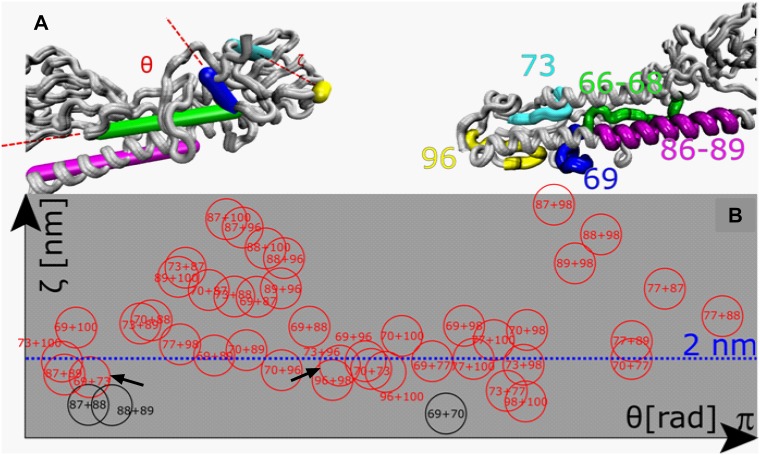Fig 2. Prediction of potential discontinuous stalk epitopes.
The spatial distribution of HA stalk-derived peptides and their relative orientations were assessed with a homologous model of the NC99 HA based on the available HA0 structure of the HA from PR8 (PDB#: 1RU7). The orientation of potential linear epitopes 66–68 (green), 86–89 (pink) and peptides 69 (blue), 73 (cyan) and 96 (yellow) that are part of potential discontinuous epitopes are given as sticks (A, left) or are highlighted in the respective colours in the protein structure (A, right). As peptide 69 is part of the potential linear epitope 66–69 and might also be part of the discontinuous epitope 69+73, it is indicated as separate epitope in the crystal structure. (B) Distances and angles between selected peptide pairs (circles) were calculated to evaluate whether their spatial distribution allows for the formation of a putative discontinuous epitope. Relative distances (abscissa) and relative orientation (ordinate) of HA stalk peptides were computed and peptide pairs as close as < 2 nm were considered suitable as single binding sites of a discontinuous epitope [24] (Black circles) peptide pairs formed by consecutive peptides; (red circles) non-linear peptide pairs. Distances exceeding 3.5 nm are not illustrated.

